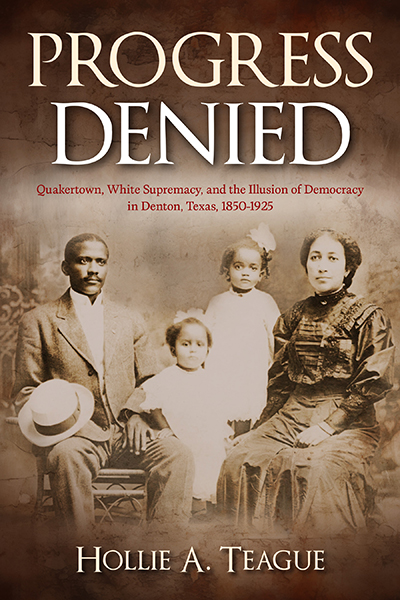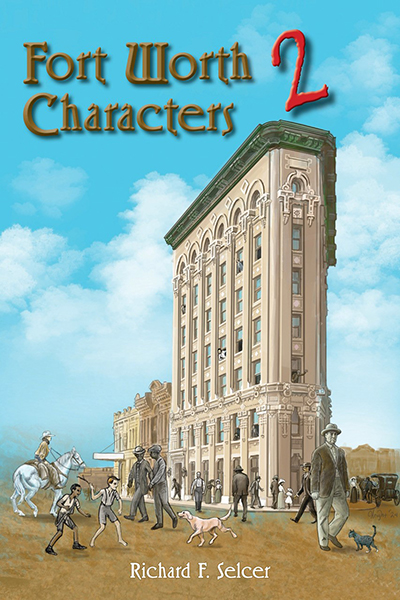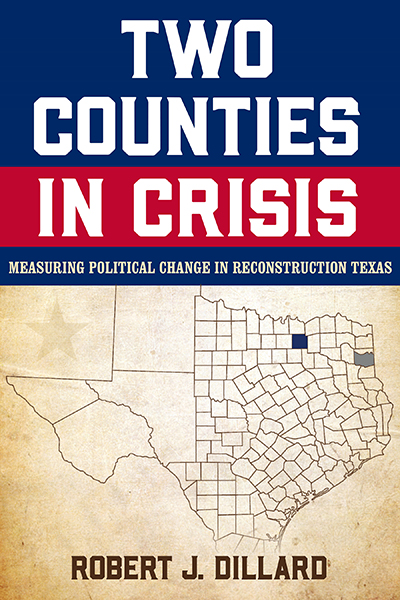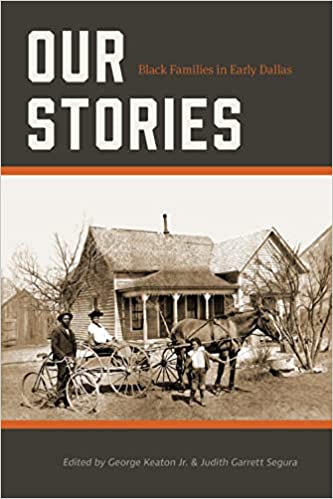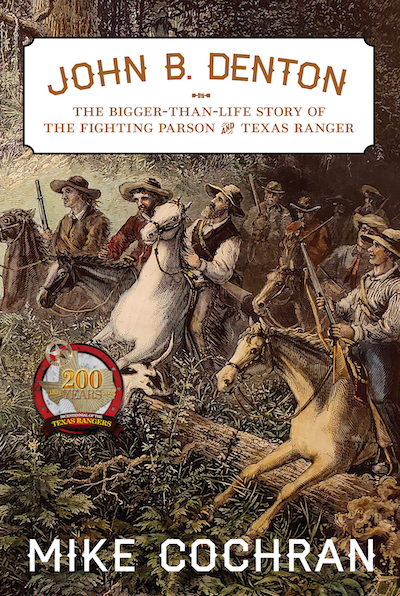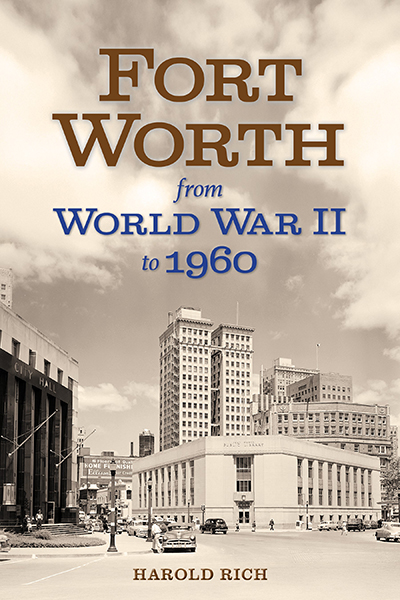
VOL. 11: Texas Local
September, 2025
Published
448
Pages
27 b&w illus. Notes. Bib. Index.
Features
About Rich's Fort Worth from World War II to 1960
Harold Rich reviews Fort Worth’s history during the challenging times of World War II, the postwar adjustment period, and the first full decade of the Cold War, with special focus on local crime and criminals, vice, the police, race relations, and economic development. What emerges is a portrait of a growing city developing major urban accoutrements such as industrialization, freeways, and an art infrastructure while also struggling with an active and sizable criminal underworld and the emerging Civil Rights Movement.
Fort Worth would achieve significant economic progress in the 1940s, especially from the addition of Convair, that would expand its population at a fast pace but would lose much of that momentum in the 1950s. During both decades the police confronted rising demands related to traffic control and internal corruption that most notably affected their ability to deal with gambling and prostitution, both of which seemed to be everywhere. As the 1950s drew to a close, both vices began to subside, more from a decline in public acceptance than from police activity. In contrast, little changed regarding race relations despite the efforts of many local activists and favorable rulings emanating from the nation’s courts. More significant progress would come in the 1960s and accelerate thereafter.
About the Author
HAROLD RICH, a Fort Worth resident for seventy years, earned his PhD from Texas Christian University. He is the author of Fort Worth: Outpost, Cowtown, Boomtown (winner of the Al Lowman Award from the Texas State Historical Association) and Fort Worth between the World Wars, as well as articles in the East Texas Historical Journal and the West Texas Historical Review.
Texas Local: Recent Titles
See all titles in our Series: Texas Local
Buy Now
Fort Worth from World War II to 1960
448 pp. 27 b&w illus. Notes. Bib. Index.
